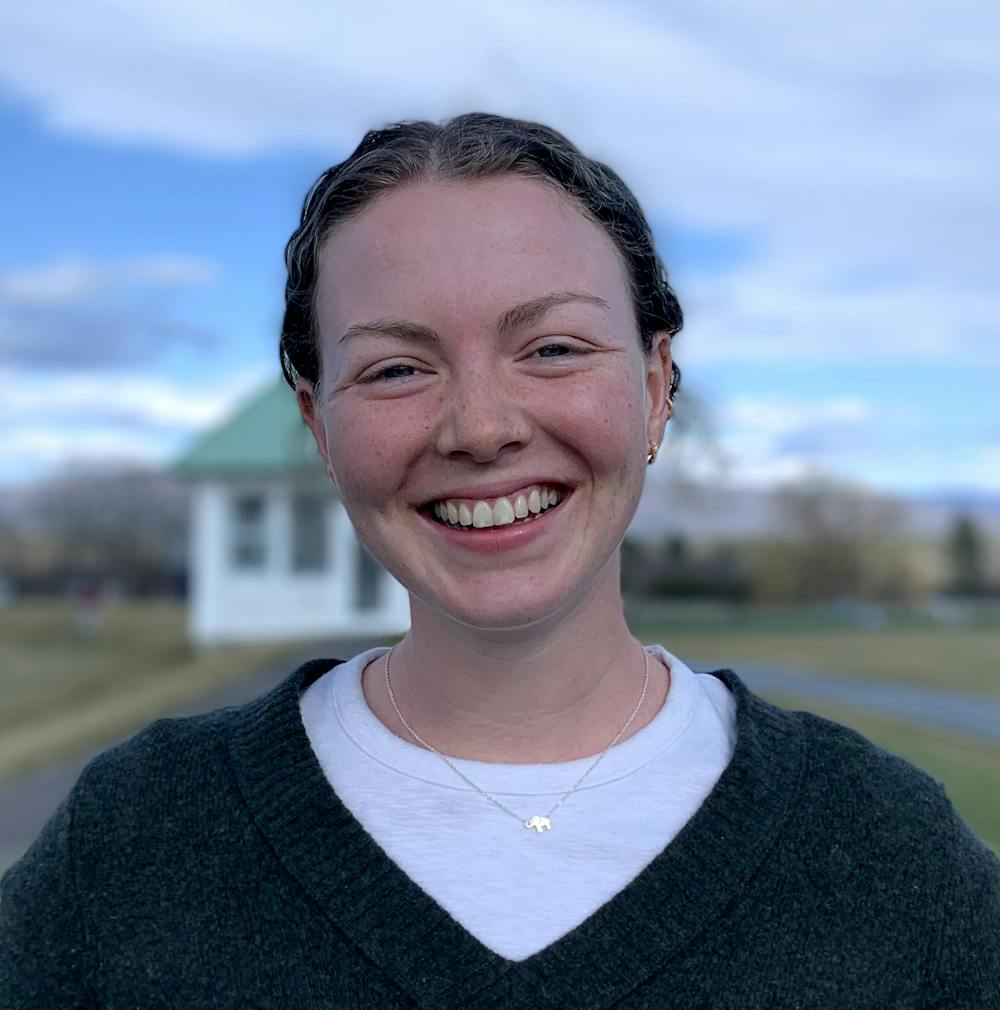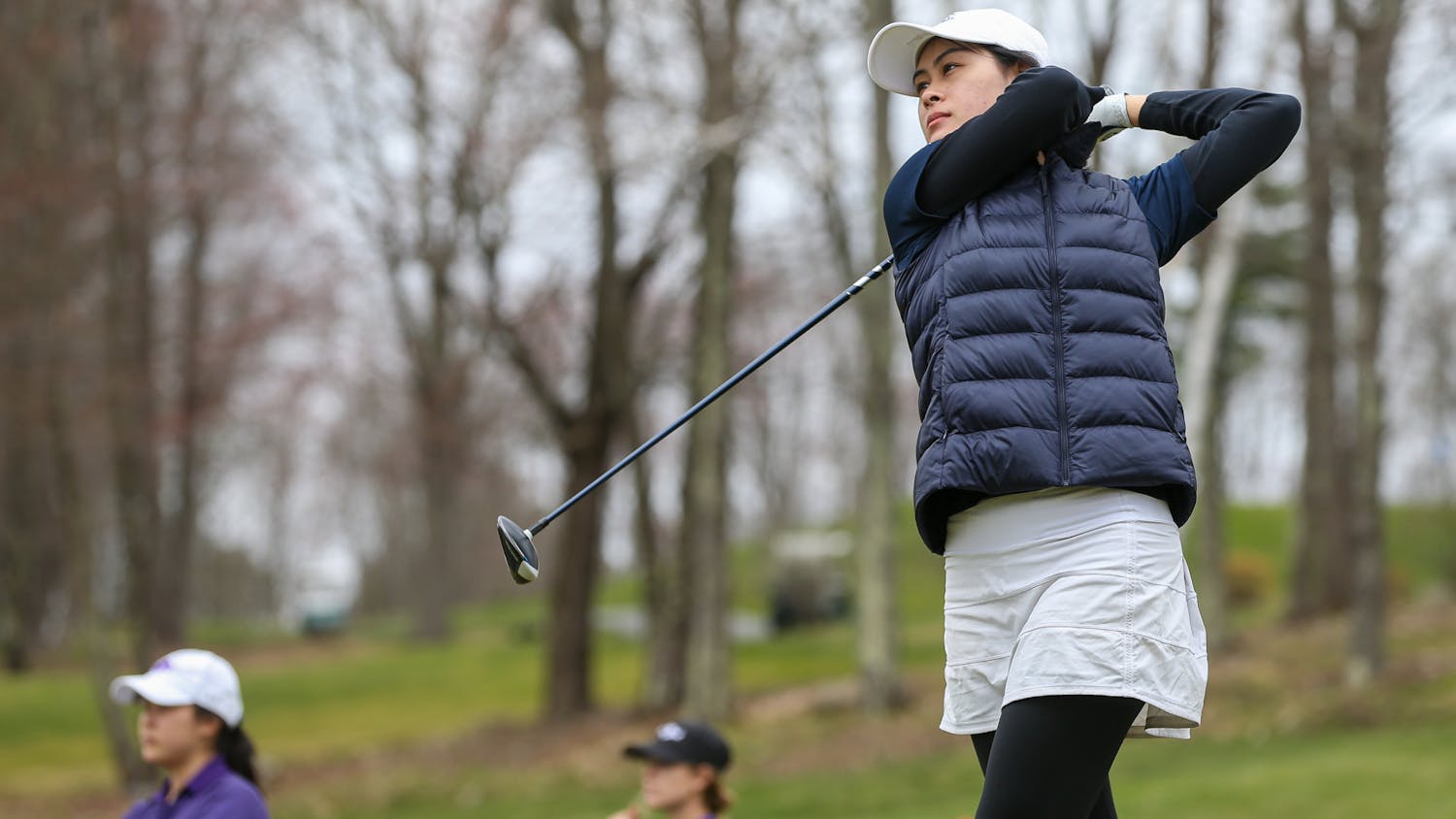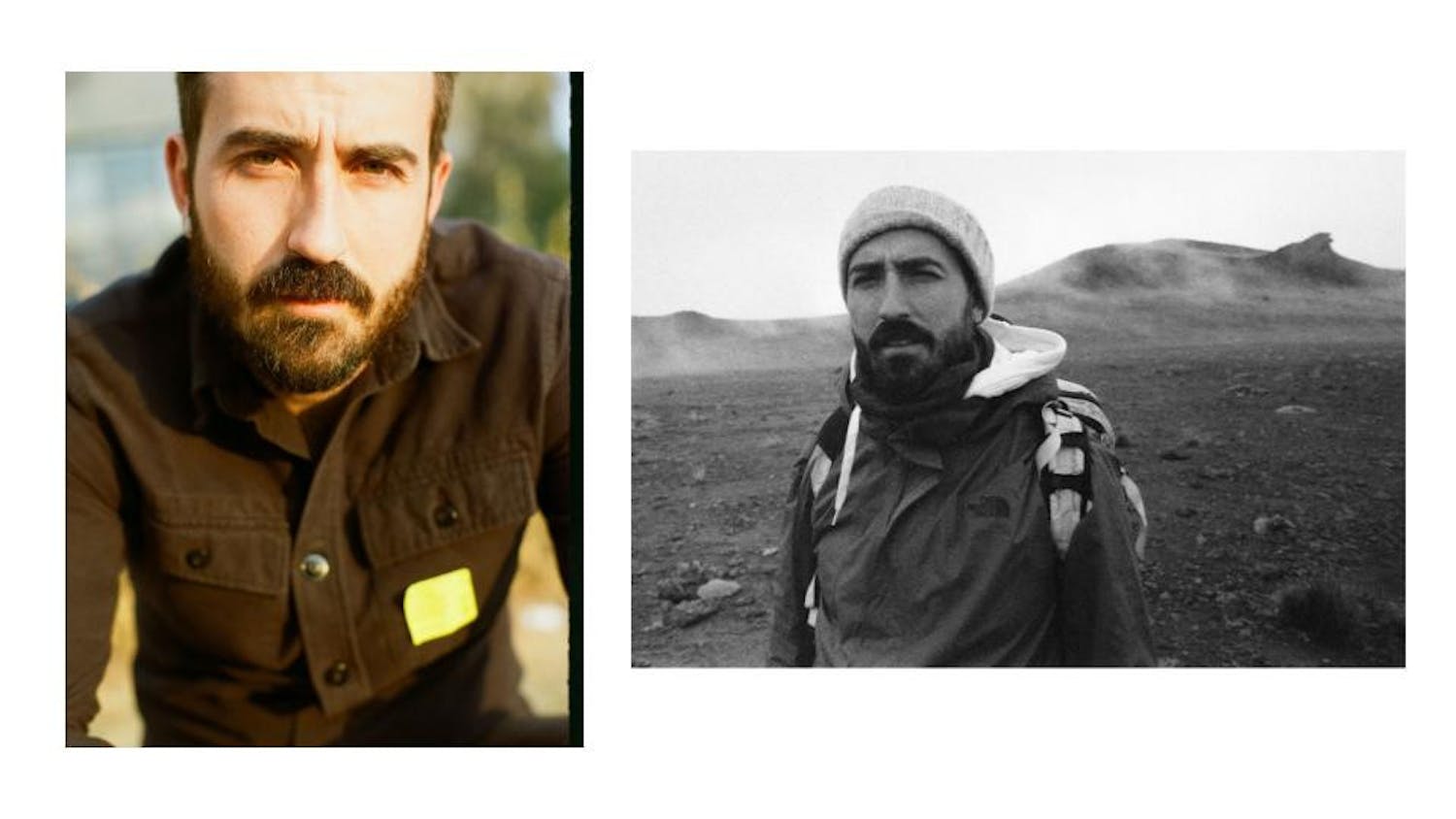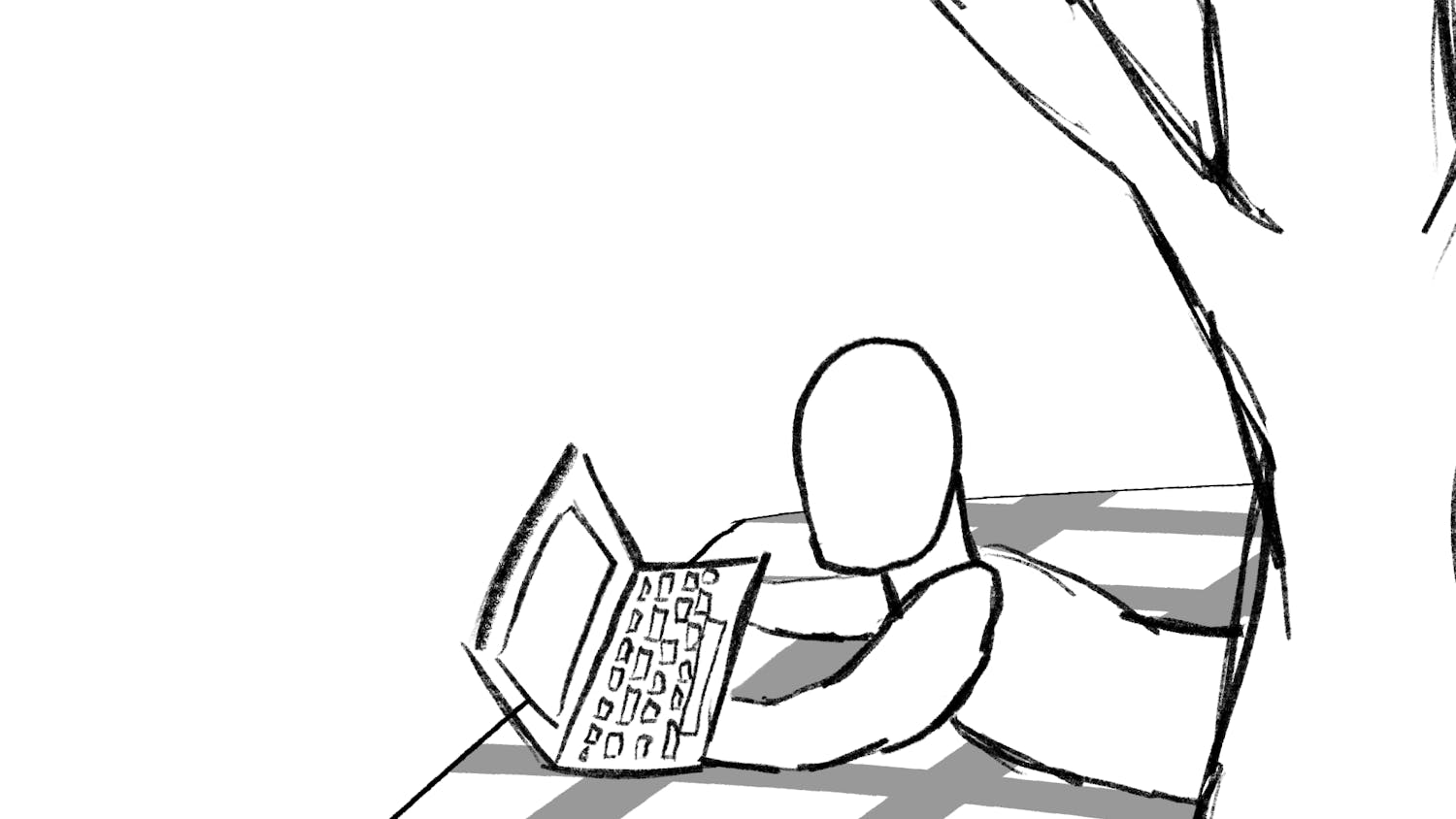Every year, the Robert F. Reiff Curatorial Interns work with Director of the Middlebury College Museum of Art Richard Saunders on upcoming exhibitions and study the current collection as well as special upcoming projects. This internship culminates in a final presentation of each intern’s research and focus. This year’s interns, Ethan Moss ’23 and Niamh Carty ’23 put their interests and talents on display in Mahaney Arts Center last Thursday.
Moss spoke first in a presentation entitled “Scandal, Romance and the Mundane,” in which he walked audience members through “The Tale of Genji,” as told on a pair of 18th-century Japanese screens that are a part of the Middlebury collection. “The Tale of Genji,” authored by Murasaki Shikibur, was written in the year 1010 and is considered by many to be the world’s first novel. Moss emphasized how exciting it is for Middlebury College to possess these items, and then took the audience through each scene on the screens.
Moss’s attention to detail was impressive, and the specificity of his presentation showcased how in-depth and personal this internship position can be. These screens came from a time when Japan was beginning to decouple from China and assert its own unique culture. Moss demonstrated this idea by emphasizing the idea of “mono no aware,” a Japanese concept of having empathy toward things, such as a flower falling off a tree, and leaning into that feeling of melancholia that can come from the inanimate.
“The Reiff Internship was a cohesive experience for my Middlebury career because I was given the opportunity to develop my knowledge of art in a practical and pragmatic setting at the museum,” Moss said.
Carty took the audience to a different time and place in a presentation entitled “Post-Mortem Photography: A Practice of Remembrance.” She laid out a brief history of photography to ultimately land on the phenomenon of post-mortem photography. Since photography didn’t become particularly common until the early to mid 1900s, people often didn’t have the chance or forethought to take photos of their family members, especially children, before they died.
Carty emphasized the significance of this artform as a time capsule of the era, since the later popularization of photography led to a decline in the necessity to take photographs of the dead. Most of the photos featured in her presentation were from Middlebury itself, adding to the feeling that her research was close to home.
“As an Art History major, I have always loved the resources of the college Museum. So when I heard that there was a way that I could be even closer to it, I definitely wanted to be involved. The Reiff Interns also help curate an exhibit, so that in and of itself was really appealing, just to get a sneak peek into how museums are curated,” said Carty.
This presentation showcased Carty and Moss’s hard work throughout this atypical year. The fact that presentations were in-person emphasized the resurgence of the museum after the pandemic, following the recent reopening of the museum to the public. This was the first year since 2020 that the internship was partially in-person, and it gave Moss and Carty the opportunity to connect with the museum and the arts department in a way that interns have not been able to in recent years.
Saunders only had positive things to say about the work of Carty and Moss. “This is a very organic experience. We wanted them to do something that was beneficial to the museum, of course, but we really wanted them to do something that they found exciting and interesting. It was a non-linear path, and you never really know what a student will be interested in when they arrive… so it’s an opportunity,” said Saunders.
In reflecting specifically on the presentations, Saunders added, “You just have to think about what you really want people to take away from what they’re saying, and that was shown as [Carty] talked more informally versus [Moss’s] structured talk — there is no right or wrong answer, but your personality has to shine through. Overall, it’s always a lot of fun. Interns are great.”
Moss and Carty’s presentations exemplified the breadth of the museum’s collection, and the opportunities to delve into it.





